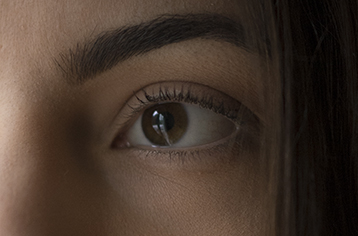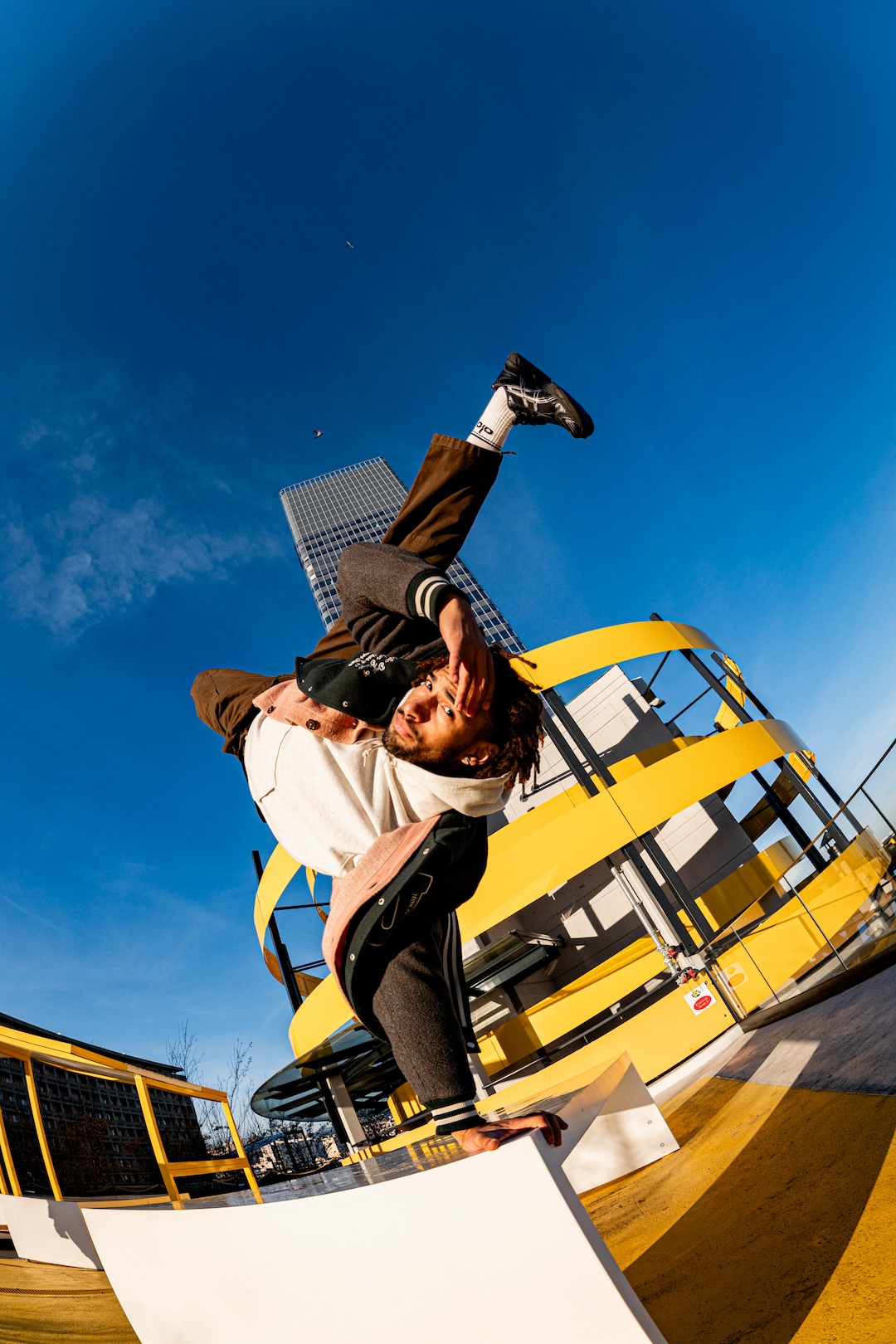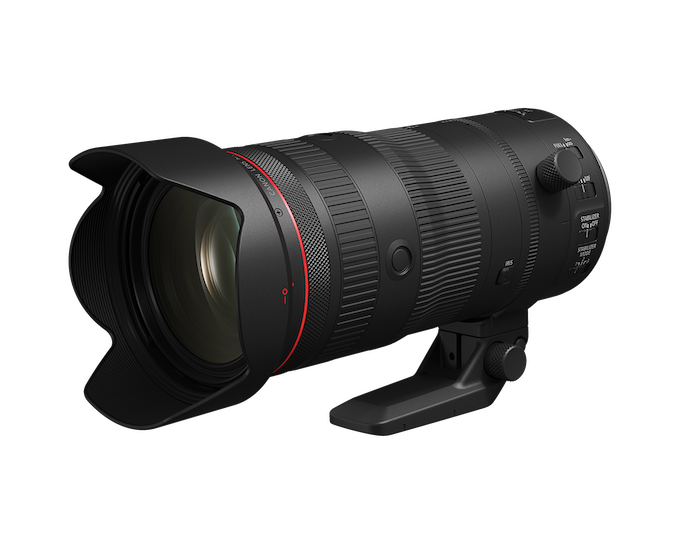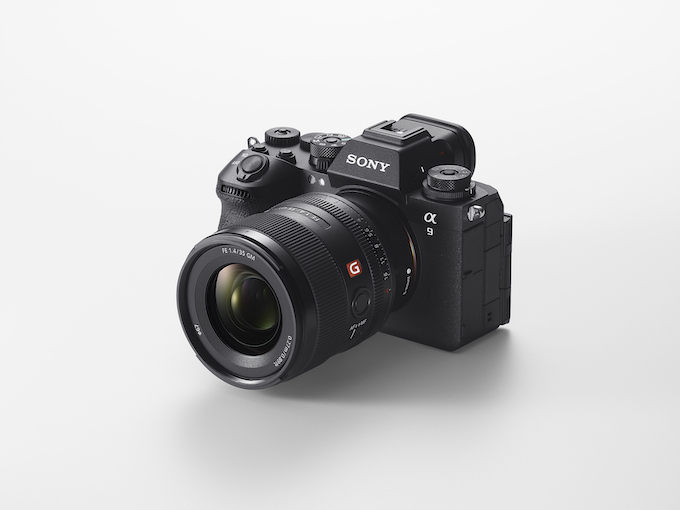Lenses
Hands-On With the NIKKOR 105mm f/1.4
May 18, 2017
Designed for full-frame cameras, the AF-S NIKKOR 105mm f/1.4E ED is the first of its kind with its unique focal length and fast aperture. The lens, while pricey at $2,200, offers excellent optics in a well-built body. Beautiful bokeh, weather sealing and Nano Crystal coating are only a few of the additional features that will entice professionals (and semi-pros) to consider this lens for portrait and wedding photography.
For our test, we paired the 105mm lens with the Nikon D5 full-frame camera.
Image Quality
As one would expect, shooting wide open at f/1.4 leaves little room for error when focusing, but both the lens and the D5 produced excellent results with pinpoint sharpness and smooth bokeh. In daylight, expect to drop the ISO down to its lowest setting and pump up the shutter speed when shooting wide open—even on a slightly overcast day, but you’ll be rewarded with beautifully soft focus surrounding your main focal point.

1/800 sec. at f/2.0. ISO 100 on a Nikon D500. Photo © Theano Nikitas
Wide open, you may notice some magenta fringing along high-contrast edges, particularly in the center area, which seems to disappear when the lens is stopped down to f/2.0 or higher. Otherwise, there’s rarely any chromatic aberration, and I noticed little vignetting.
Design and Performance
Short and stout, the lens measures 3.7 x 4.2 inches and weighs 34.8 ounces, and that’s without the bundled lens hood. It’s a hefty beast, especially when mounted on the D5, but even with my smaller hands, I was able to balance the combo by holding the lens in my left hand. The wide focusing ring, with its ridged texture, is a pleasure to use and moves smoothly and precisely. It’s not image-stabilized but the lens is dust and moisture sealed, making it the perfect match to the D5 and other weather-sealed bodies.
In addition to its speedy f/1.4 aperture, the lens also features an electromagnetic diaphragm mechanism, which improves exposure during continuous shooting. Qualifying for Nikon’s Gold Ring Series of premium primes, the lens utilizes a Nano Crystal Coat, which successfully helps reduce ghosting and flare. Additionally, fluorine coating on front and rear elements makes it easy to clean smudges, dust and other debris from the lens. If you prefer to use a filter to protect the lens, the 105mm is compatible with 82mm screw-on filters.
Although designed for full-frame use, the lens—like other Nikon FX glass—is compatible with DX sensors. On the Nikon D500, for instance, it delivers a 35mm-equivalent field of view of 160mm.
Thanks to the silent wave motor (SVM), autofocus is extremely quiet. While, personally, I wouldn’t necessarily choose this focal length for video recording, AF will have little, if any, impact on the audio track. It’s responsive and accurate.
What We Liked
It’s hard to prioritize the lens’s many strengths—that will certainly depend on how the lens is used—but at the top of the list is sharpness. Low-light shooters will love being able to shoot at f/1.4. Pros are more likely to appreciate, as I did, the extremely shallow depth-of-field with its lovely bokeh. At 105mm on a full-frame camera, the lens is perfect for portraiture, whether in the studio or while shooting a wedding on location.

1/400 sec. at f/1.4. ISO 800 on a Nikon D5. Photo © Theano Nikitas
Its excellent build and weather sealing are big plusses. This lens will certainly stand up to the rigors of frequent professional use. A small but important benefit is that the lens comes with a lens hood and a soft pouch.
What We Didn’t Like
My first thought when the lens was announced became stronger when I received the review unit: I wish the lens was image stabilized. Given the size, weight, mid-telephoto focal length and razor-thin depth-of-field at f/1.4, VR would be a big plus—even though the lens would probably be larger, heavier and even more expensive.
And this lens is pricey—especially if you already own the $1,600 NIKKOR 85mm f/1.4G. Is it worth shelling out another $2,200 for a lens that delivers a little extra reach? That’s a tough one.
I was also disappointed that the minimum focusing distance of the 105mm f/1.4 was 3.3 feet. Although it might be asking too much to have a macro capability on the lens, I had hoped that it would focus a bit closer than it does.
How It Compares
Nikon offers four 105mm lenses, including the newest f/1.4 model. They’re all less expensive and, not surprisingly, slower. Perhaps the closest competition is the $1,200 105mm f/2D. It has been around for a while but has been praised for its sharpness. And it has a defocus image control ring, along with an aperture control ring and a built-in lens hood. Sigma also offers a 105mm f/2.8 macro lens for under $1,000.
For me, the NIKKOR 85mm f/1.4 is the lens that made me question whether I really needed the 105mm in my collection. Both lenses are incredibly sharp and the 85mm is also my favorite for portraiture. It’s a little lighter, less expensive and has responsive AF. I do, however, think that the extra reach of the 105mm has its benefits when shooting portraits and for location events. The bokeh may be a little more pleasing than on the 85mm, but that’s hard to quantify.
Bottom Line
If I didn’t already own the 85mm f/1.4, I would save up some dollars and purchase the 105mm f/1.4 without hesitation. Right now, though, I’m going to stick with my 85mm. But if you’re looking for a super fast, super sharp lens with gorgeous bokeh, look no further than the NIKKOR 105mm f/1.4E ED.
Theano Nikitas has been covering photography for over 20 years. Although she loves digital, she still has a darkroom and a fridge filled with film.
Related: Fuji Intros Portrait-Friendly Medium Format Lens with More to Come




